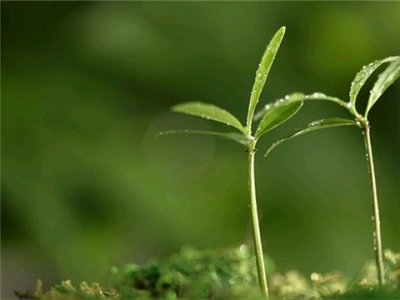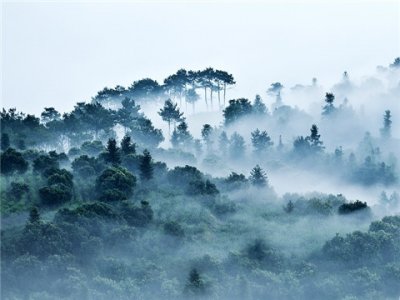2018年5月12日雅思考试阅读题目预测(2)
Questions 27-29
Choose the correct letter, A, B, C or D.
When the writer describes the impact of monumental ruins today, he emphasises
A the income they generate from tourism.
B the area of land they occupy.
C their archaeological value.
D their romantic appeal.
Recent findings concerning vanished civilisations have
A overturned long-held beliefs.
B caused controversy amongst scientists.
C come from a variety of disciplines.
D identified one main cause of environmental damage.
What does the writer say about ways in which former societies collapsed?
A The pace of decline was usually similar.
B The likelihood of collapse would have been foreseeable.
C Deterioration invariably led to total collapse.
D Individual citizens could sometimes influence the course of events.
Questions 30-34
Do the following statements agree with the views of the writer in Reading Passage 3?
Write
YES if the statement agrees with the claims of the writer
NO if the statement contradicts the claims of the writer
NOT GIVEN if it is impossible to say what the writer thinks about this
It is widely believed that environmental problems represent the main danger faced by the modern world. The accumulation of poisonous substances is a relatively modern problem.
There is general agreement that the threats posed by environmental problems are very serious. Some past societies resembled present-day societies more closely than others. We should be careful when drawing comparisons between past and present.
Questions 30-34
Complete each sentence with the correct ending, A-F, below.
Write the correct letter, A-F.
Evidence of the greatness of some former civilisations The parallel between an individuals life and the life of a society The number of environmental problems that societies face The power of technology A consideration of historical events and trends
A is not necessarily valid.
B provides grounds for an optimistic outlook.
C exists in the form of physical structures.
D is potentially both positive and negative.
E will not provide direct solutions for present problems.
F is greater now than in the past.
Question 40
Choose the correct letter, A, B, C or D.
What is the main argument of Reading Passage 3?
A There are differences as well as similarities between past and present societies.
B More should be done to preserve the physical remains of earlier civilisations.
C Some historical accounts of great civilisations are inaccurate.
D Modern societies are dependent on each other for their continuing survival.
KEYS:
Passage 1
1
labels
PARAGRAPH 1
During the 1950s ... There were no celebrity designers or models, no厂 were there any labels
2
bargain
PARAGRAPH 1
even ... high-society women... were proud of qettino a barqain7
3
plastic
PARAGRAPH 2
[In] the 1960s.. .[there was] an acceptance of innovative types of material such as plastic and coated polyester.r
4
traditional
PARAGRAPH 3
The following decade witnessed an increase in the export of traditional materials
5
masculine
PARAGRAPH 4
In India too, contours became more masculine …,
6
showy
PARAGRAPH 5 designers decided to get themselves noticed by making showy outfits
7
ethnic
PARAGRAPH 6 In the last decade of the millennium, the market shrunk and ethnic wear made a comeback.
8
T
PARAGRAPH 7 tells us that at the beginning of the 21st century, new designers and models, and more sensible designs helped the Indian fashion industry accelerate once again.
9
NG
Although the passage tells us in PARAGRAPH 7 thatIndia is the third largest producer of cotton it does not tell us how much cotton India exports.
10
T
PARAGRAPH 8 describes the many advantages enjoyed by the Indian garment and fabric industries.
11
F
PARAGRAPH 8 makes it clear that changes in the rate of exchange between the rupee and the dollar have depressed prices, making exports more attractive.
12
F
PARAGRAPH 9 tells us that in Chapa the range and quality of raw silks churned out here are good despite the crude production methods and equipment.
13
T
PARAGRAPH 9 describes the popularity of fabric designs originally used for a simple wrap, and use of beads for accessory items and evening wear.
Passage 2
14
B
PARAGRAPH 2
The pottery found includes a wide variety of functional tvpes like storaae jars, smaller containers, pouring vessels, cooking pots, drinking vessels and so on, which all relate to specific activities
15
D
PARAGRAPH 2
Given the larae number of shapes produced... it has generally been assumed that most... Akrotiri pottery was produced by specialised craftsmen
16
A
PARAGRAPH 4
Standard measures may already have been in operation, such as those evidenced bv a araduated series of lead weiahts - made in disc form - found at the site.
17
E
PARAGRAPH 4
The existence of units of capacity in Late Bronze Age times is also evidenced bvthe notation of units of a liquid measure for wine on excavated containers/
18
D
PARAGRAPH 5
…the lenath of a mans arm limits the size of a smaller pot to a capacity of about twenty litres; that is also the maximum a man can comfortably carry.
19
C
PARAGRAPH 8
,…it would be... difficult for them to achieve the exact size required every time, without any mechanical means of regulating symmetry and wall thickness.... Even where there is no noticeable external difference between pots meant to contain the same quantity of a commodity, differences in their capacity can actually reach one or litres.
20
NG
There is nothing in the passage to indicate whether there are plans for further excavation.
21
N
PARAGRAPH 3
1 …there is no real documentary evidence. Our entire knowledae comes from the ceramic material itself
22
Y
PARAGRAPH 5 ..the length of a mans arm limits the size of a smaller pot to a capacity of about twenty litres …
23
N
PARAGRAPH 6 able to determine easilv the amount of wine they were transporting
24
Y
PARAGRAPH 8
7n one case the deviation from the required size appears to be as much as 10 to 20 percent,
25
Y
PARAGRAPH 9 ...regular trade routes within the Aegean led to increased movement of goods ... The increased demand for standardised exchanges. inextricably linked to commercial transactions, might have been one of the main factors which led to the standardization of pottery production.
26
A
PARAGRAPH 8
Even where there is no noticeable external difference between pots meant to contain the same quantity of a commodity, differences in their capacity can actually reach one or two litres.
Passage 3
27
D
PARAGRAPH 2 emphasises the fascination monumental ruins hold for us and our wonder at the mysteries they hold. This might be termed a /romantic, appeal.
28
C
PARAGRAPH 3
This suspicion of unintended ecological suicide (ecocide) has been confirmed ...by archaeologists, climatologists, historians, paleontologists, and palynologists (pollen scientists).1
29
A
PARAGRAPH 4 notes that many civilisations declined rapidly after reaching peak numbers and power
30
Y
PARAGRAPH 5 Today many people feel that environmental problems overshadow all the other threats to global civilisation.
31
Y
PARAGRAPH 5 notes the buildup of toxic substances as one of four new environmental threats.
32
N
PARAGRAPH 5 shows that there is much debate about the seriousness of the current environmental problems.
33
NG
The passage states in PARAGRAPH 6 that:
We differ from past societies in some respects that put us at lower risk than them ...We also differ from past societies in some respects that put us at greater risk than them1 but it does not compare individual societies past and present.
34
Y
The final sentence of PARAGRAPH 6 warns us that we can learn lessons from the past but we must be careful about the comparisons.
35
C
PARAGRAPH 2
The monumental ruins left behind by those past societies hold a fascination for all of us.
36
A
PARAGRAPH 4
... it is tempting to draw analogies between the course of human societies and the course of individual human lives... But that metaphor proves erroneous for many past societies
37
F
PARAGRAPH 5
These environmental problems include the same eight that undermined past societies, plus four ones
38
D
PARAGRAPH 6
... some of those [differences] often mentioned include our powerful technology (i.e. its beneficial effects) ...We also differ from past societies in some respects that put us at greater risk than them: again, our potent technology (i.e. its unintended destructive effects)
39
E
PARAGRAPH 6
We shouldnt be so naive as to think that study of the past will yield simple solutions, directly transferable to our societies today.,
40
A
Only A sums up the argument. The issues mentioned in B, C and D are either not referred to in the passage or form only a small part of the argument.
2018年5月12日雅思考试阅读题目预测



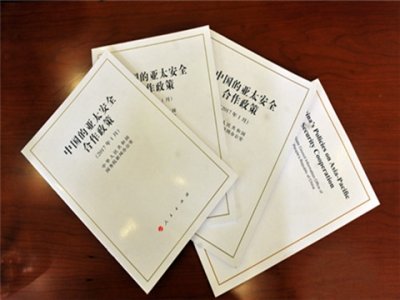
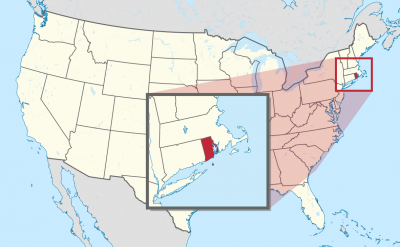
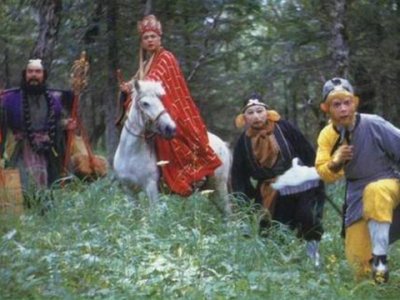 《西游记》英译:几代
《西游记》英译:几代 备考六级:30天背完六
备考六级:30天背完六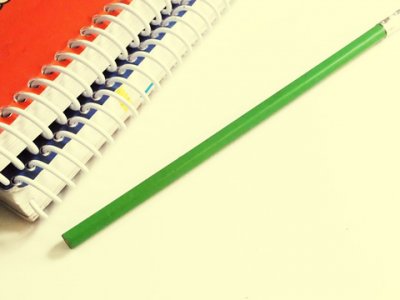 2017专四考前必背200
2017专四考前必背200 2016改革后专八真题:
2016改革后专八真题: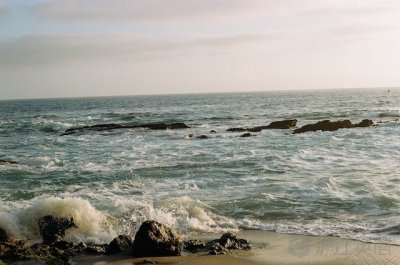 六级成绩查询常见五大
六级成绩查询常见五大 2018年6月英语四级作
2018年6月英语四级作 备考CATTI,你选对词
备考CATTI,你选对词 2017专四词汇必备:高
2017专四词汇必备:高 2016年11月19日四级口
2016年11月19日四级口 备考六级:30天背完六
备考六级:30天背完六 2016改革后专四真题:
2016改革后专四真题: 上海中级口译听力准备
上海中级口译听力准备 四六级口语练习素材(
四六级口语练习素材( 四六级:最基础的语法
四六级:最基础的语法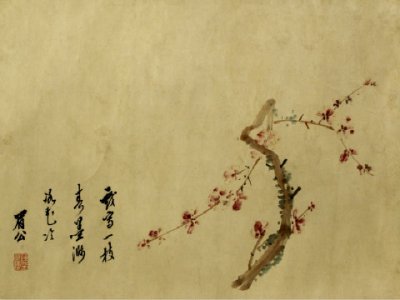 《红楼梦》英译本诗词
《红楼梦》英译本诗词 2017年12月英语六级练
2017年12月英语六级练